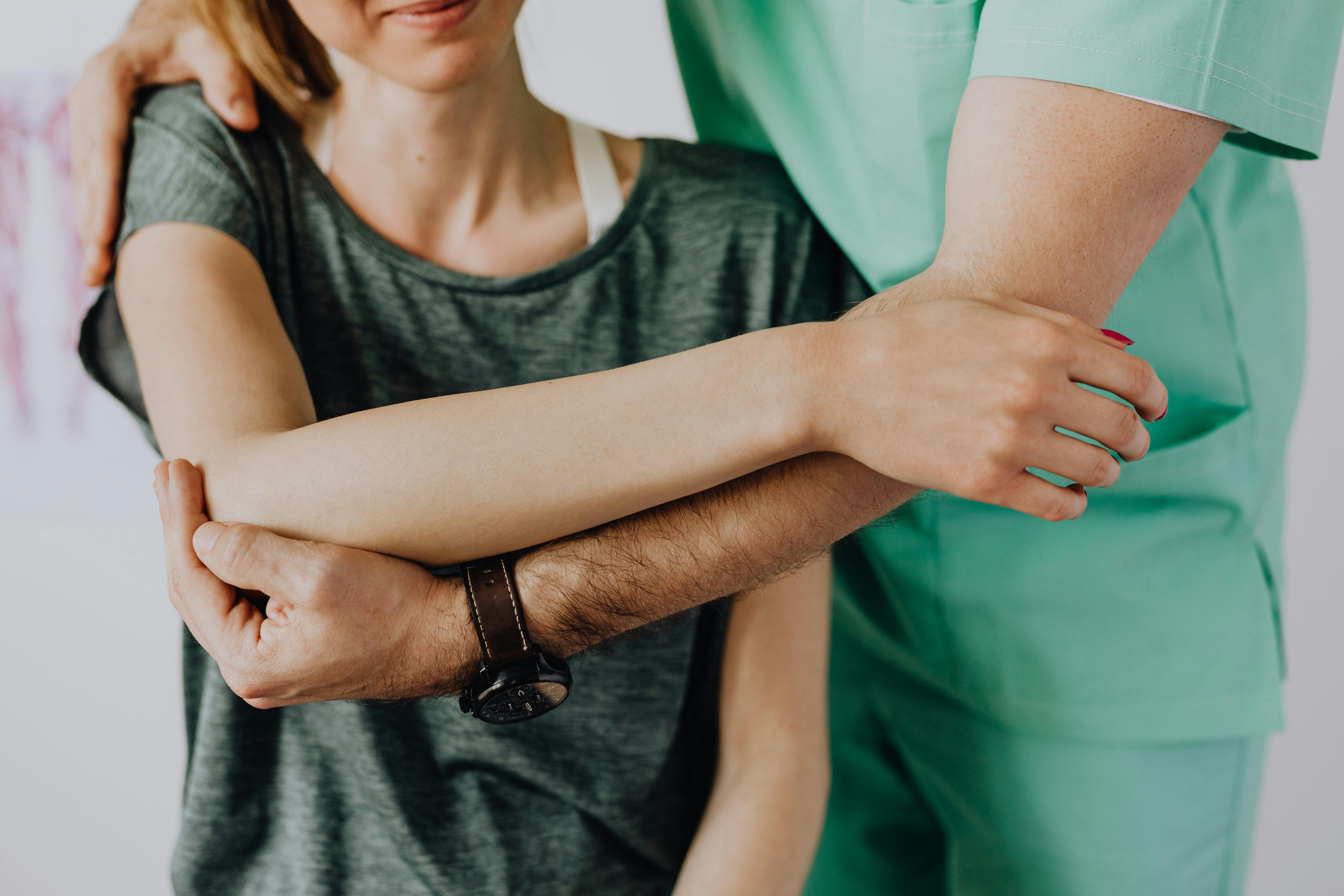Although acupuncture is widely accepted as a viable method of medical care, the available evidence shows that it has no effect. An academic study was conducted at the Department of Internal Medicine at the Technische University in Munich, Germany. Thirty-four healthy volunteers received two laser acupuncture treatments at three acupoints LI4 (hégu), LU7 (lieque), and LR3 (táichong); once with a working laser and once using an inactive laser in random order. The only method to track client response to acupuncture is called the MGH Acupuncture Sensation Scale (MASS) and this method simply asks the client how they felt with each acupuncture treatment. In this study, the inactive laser treatment elicited the same positive response from all 34 participants, even from people who had never had acupuncture treatment before in their lives. If a laser that is not even turned on elicits the same positive response as precise laser-directed pressure at traditionally used acupuncture sites on the body, this method cannot be considered a scientific method of accumulating data that can be used to measure efficacy. Simply telling people that you are receiving acupuncture is enough for them to say that it is effective.
Acupuncture practitioners claim that this field of medical care works by interrupting the flow of a force called “Qi” through pressure or needles. “Qi” has never been observed or measured, therefore no truly scientific method could have been produced to show or even suggest that it exists. The belief in the existence of “Qi”, an unobservable and unmeasurable force, is perpetuated by those who claim that it is the mechanism by which acupuncture works and that acupuncture is their main source of income. Any data interpreted using MASS by someone who has a financial interest in testing their field of work in health care would be biased in favor of effectiveness for that interest.
Contrary to popular belief that acupuncture as we know it has been around for “thousands of years”, it actually has its roots in 18th century France. The Chinese practiced a version of acupuncture, but it did not include any mention of “Qi” and had nothing in common with modern practice except the use of a type of needle. Archaeologists who discovered these needles at ancient Chinese sites reported that the needles were quite large (up to a foot long) and that there were several skulls near the needles with holes in them, suggesting that people had been killed by this method. The modern methods we see today are quite different and were invented by French doctors who revived a vague Chinese tradition using much smaller needles that would not kill patients. They also added their own techniques, including an explanation of acupuncture’s success as a manipulation of “Qi”.
An imitation of the French version was introduced to England in 1821 by Edward Joukes, a midwife who administered needles, using the French method, to a woman who complained of “pain in the waist”. There was no study of her condition after the needles were administered. After a French doctor, Chevalier Sarlandiere, claimed this account of a successful French method in a French medical journal, doctors in the United States also began to defend its benefits. Franklin Bache, the great-grandson of Benjamin Franklin, discussed the practice in several American medical journals in 1826, giving it a positive review based on the French journal article. None of these Americans actually tried the method or tracked its success rate. As the French version was said to come from “ancient Chinese traditions”, American doctors began questioning Chinese settlers about the details of the method. Poor but smart Chinese settlers got on board with the French details and then started offering this service for money as it paid well, caused no damage and got positive response from customers. This is where modern acupuncture became part of Chinese culture and Chinese names for acupuncture points were adopted.
A closer look at the history and various styles of acupuncture will reveal that it is a relatively new phenomenon with no common method. There are Japanese, Thai, Korean, and Indian versions, most of which were invented in the last few decades. Some styles require the insertion of needles, some use touch, and others simply move your hands over “energy meridians.” Practitioners from all of these schools of acupuncture claim its clinical efficacy, but none have proven its value under rigorous scientific examination.
It’s also worth noting that acupuncturists primarily claim to treat illnesses that are psychosomatic (impotence), intermittent (headaches, acne), or illnesses that will always go away with time (the common cold). There are also a variety of endorphins and steroids (cortisol) that are released when the skin is pierced and block pain for a short period of time; however, this can be compared to kicking someone in the knee to prevent them from getting a headache.
With no evidence for the existence of “Qi”, no common practice to assess, little historical evidence of a cultural phenomenon, and empirical evidence to contradict its usefulness, acupuncture should not be allowed in modern health care. Since patients expect to trust the advice of their medical community, discussing acupuncture openly and honestly is a necessity in a field propagated by integrity. This editorial has been completely honest with its readers, whether they like it or not. Can we be honest with ourselves when presented with documentation that challenges our belief structures? If we can.
